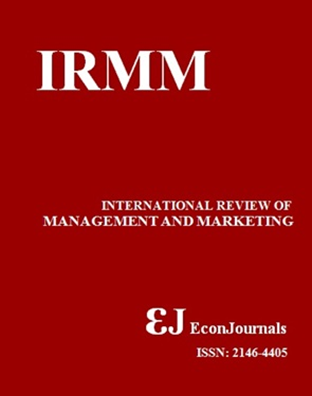Innovation, Economic Growth and Inequality
Abstract
This article discusses the different types of growth (endogenous and exogenous; Schumpeterian and Smitiansky); analysed their relationship with innovation and the territorial distribution of institutions of higher education (for example, the UK, USA and Ghana). Attempt rapprochement Schumpeterian and institutional approach to understanding the nature and economic growth. It emphasizes the influence of innovation activity on the basis of the ideas of Schumpeter of “creative destruction” on economic growth; held idea that the ability to build and practical use of innovations, due to the level of scientific and technological progress in some countries, it is essential to ensure quality of economic growth. It argues that cross-country differences in economic growth, level of education and innovation activities are also responsible for increased inequality in the distribution of income / wealth between countries and within countries, and one of the negative trends becomes decrease in the share of the middle class in developed and in developing countries.Keywords: economic growth, innovation, inequalityJEL Classifications: F43; O31; O40Downloads
Published
2016-02-02
How to Cite
Dmitriev, S., Drigo, M., Kalinicheva, V., Shadoba, E., Ozherelieva, M., & Matyushkina, I. (2016). Innovation, Economic Growth and Inequality. International Review of Management and Marketing, 6(1S), 316–321. Retrieved from https://econjournals.com/index.php/irmm/article/view/1931
Issue
Section
Articles




